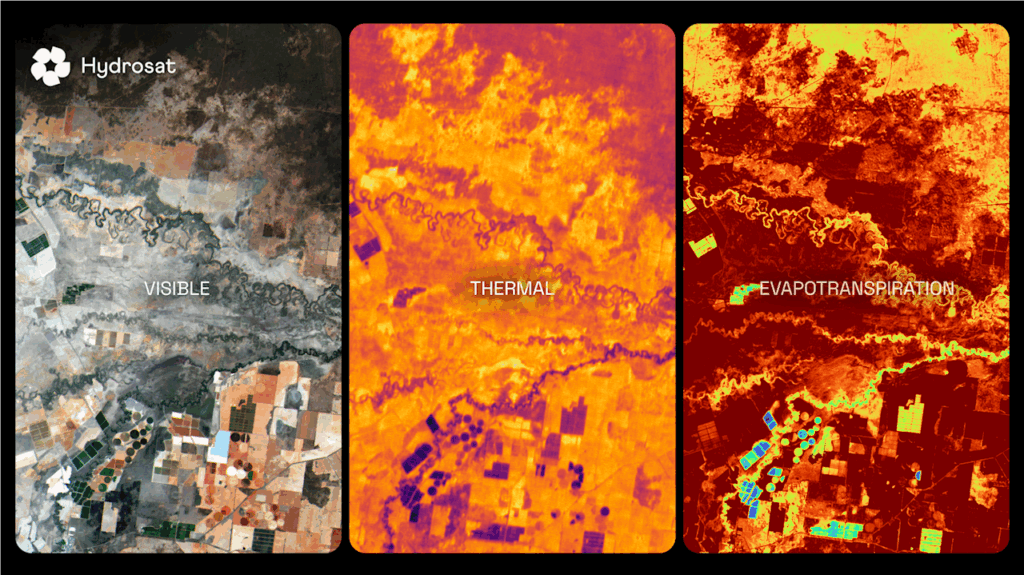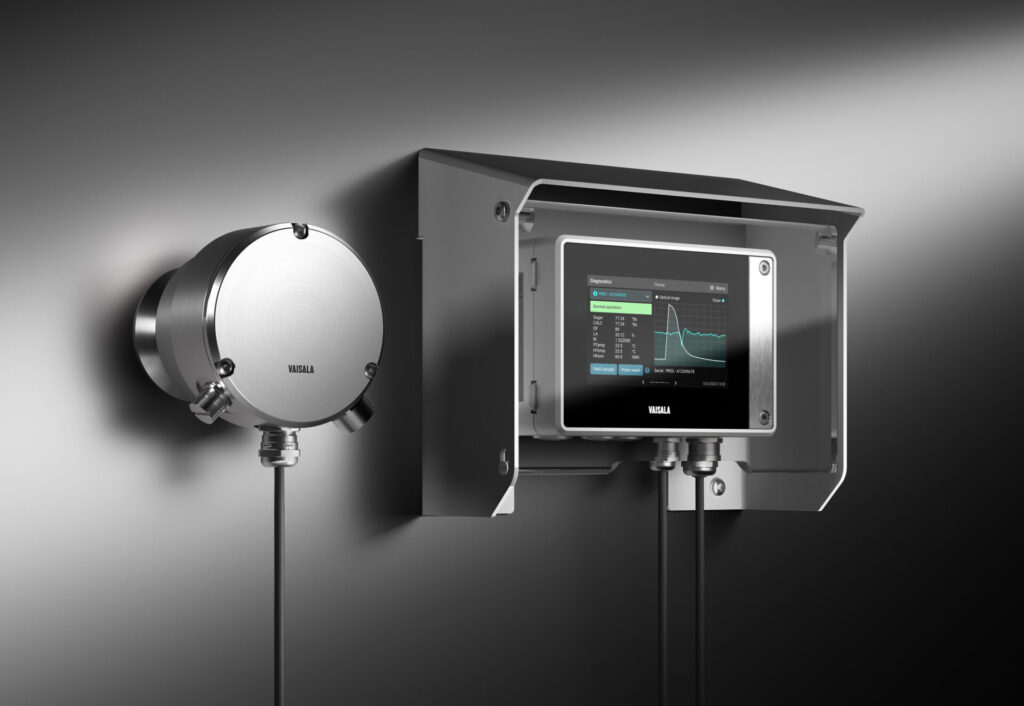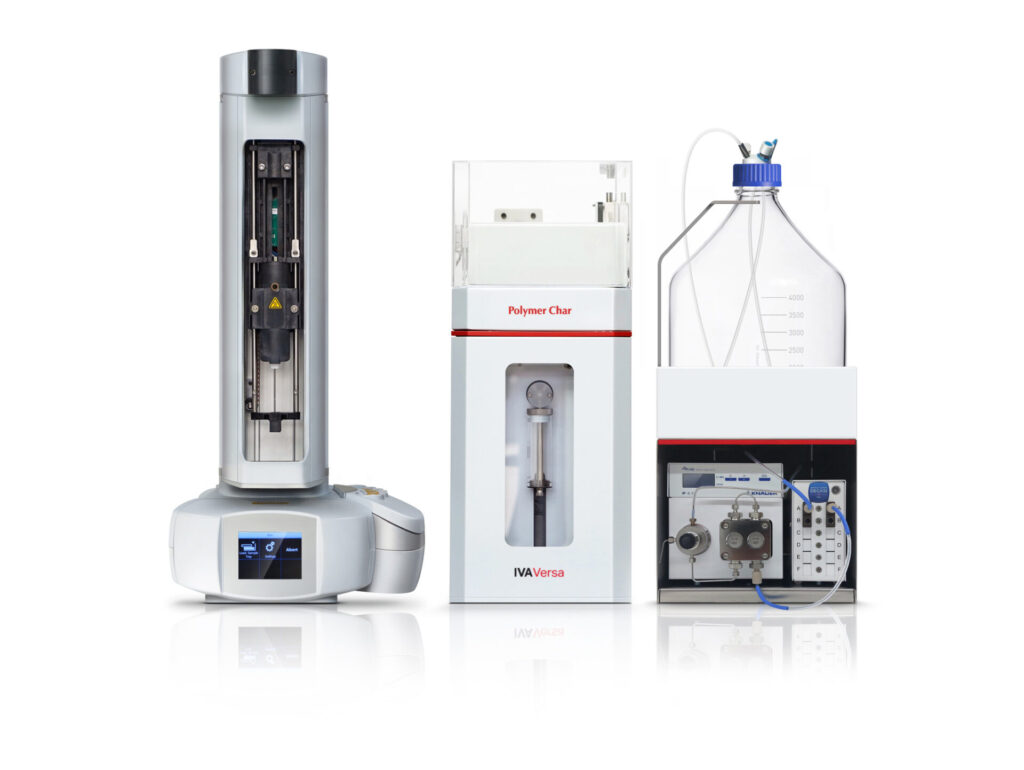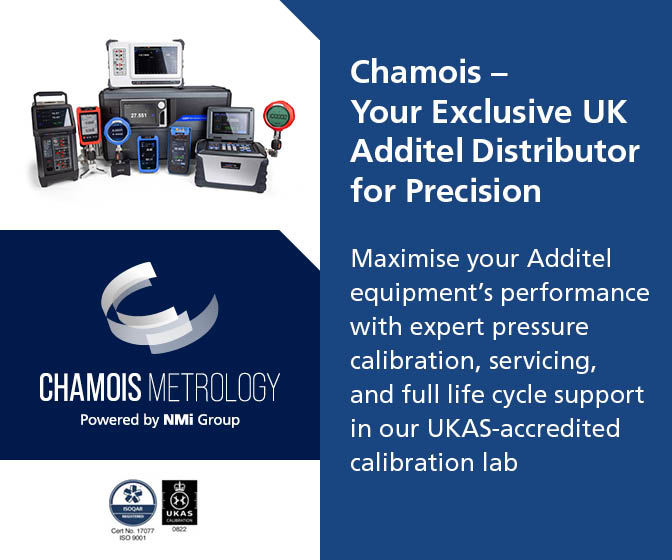Process gas analytical systems play a vital role in modern industries by enabling precise and real-time monitoring of gas composition, ensuring optimal process control, efficiency, and safety. These systems employ advanced technologies and methodologies to accurately analyze and measure the chemical and physical properties of gases, providing valuable insights for process optimization and quality assurance.
Key Components and Technologies:
Process gas analytical systems comprise various components such as gas sampling probes, sample conditioning systems, analyzers, and data acquisition units. These systems leverage a range of cutting-edge technologies, including spectroscopy (such as infrared, ultraviolet, and laser-based), gas chromatography, mass spectrometry, electrochemical sensors, and thermal conductivity detectors. These techniques allow for the identification and quantification of gases, impurities, and contaminants, even at trace levels.
Applications and Benefits:
Process gas analytical systems find applications across diverse industries, including oil and gas, petrochemical, pharmaceutical, power generation, environmental monitoring, and semiconductor manufacturing. These systems provide essential data for process optimization, emissions monitoring, product quality control, and safety assurance. They enable operators to detect and mitigate potential hazards, optimize energy consumption, reduce waste, and ensure compliance with regulatory standards.
Real-Time Monitoring and Control:
Process gas analytical systems offer real-time monitoring capabilities, enabling prompt detection of abnormal gas compositions, leaks, or deviations from desired process parameters. This facilitates timely corrective actions, preventing potential equipment failures, production downtime, or environmental risks. By providing accurate and up-to-date information, these systems empower operators to make informed decisions and optimize process efficiency, ultimately leading to cost savings and improved overall performance.
Integration and Automation:
Modern process gas analytical systems are often integrated into larger process control systems or industrial automation frameworks. This integration allows for seamless data exchange, automated control loops, and advanced data analytics. By combining process gas analysis with other parameters like temperature, pressure, and flow rates, operators can implement intelligent algorithms and predictive models, further enhancing process efficiency, yield, and safety.
Conclusion:
Process gas analytical systems have become indispensable tools for industries seeking to optimize their processes, enhance safety, and comply with regulatory requirements. These systems provide real-time, accurate, and comprehensive gas analysis, enabling operators to make informed decisions, minimize risks, and maximize productivity. As technology continues to evolve, process gas analytical systems will continue to play a pivotal role in the pursuit of efficiency, sustainability, and operational excellence in various industrial sectors.






























